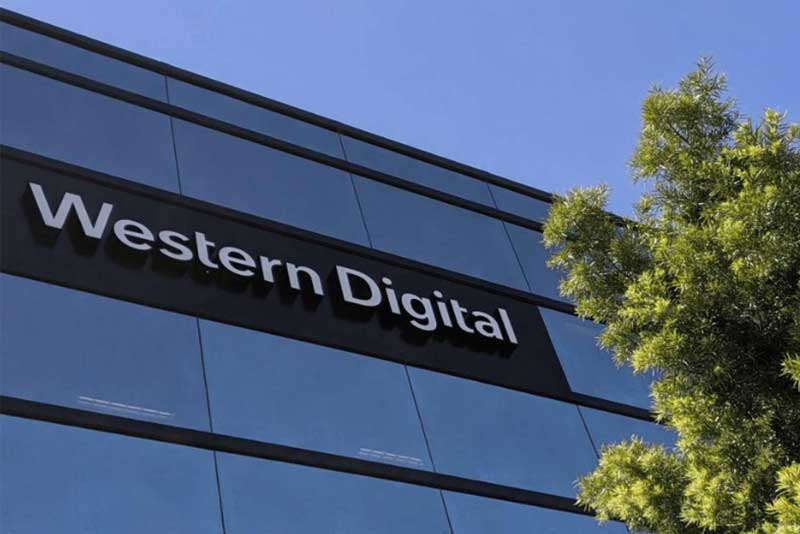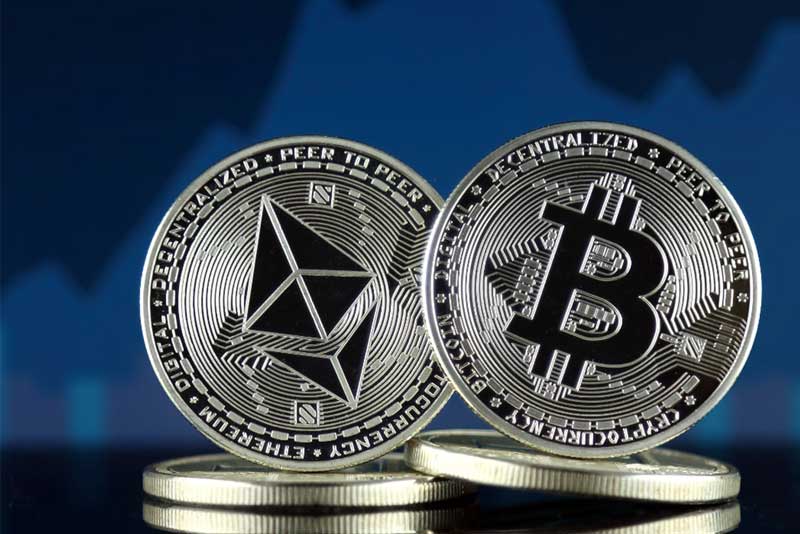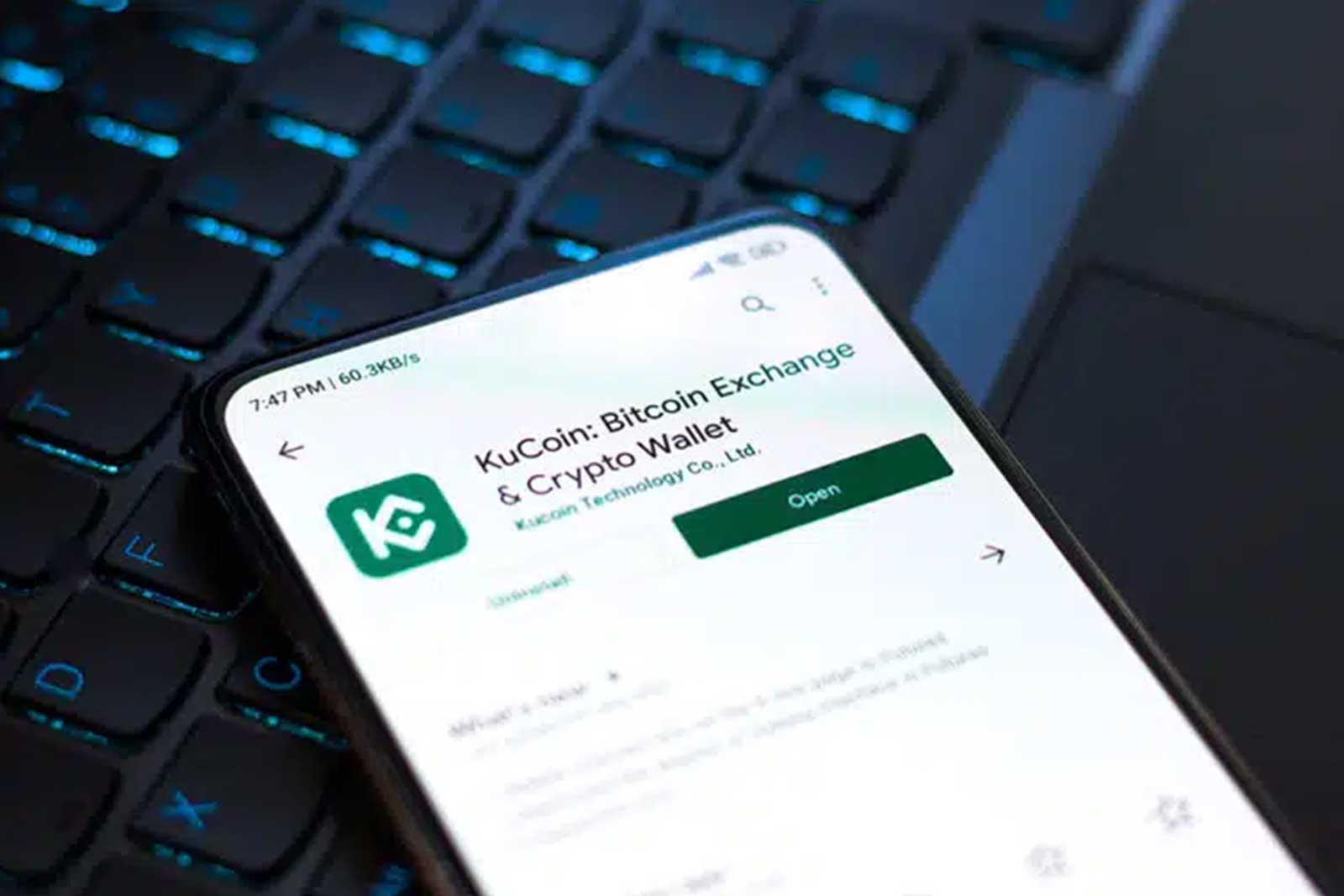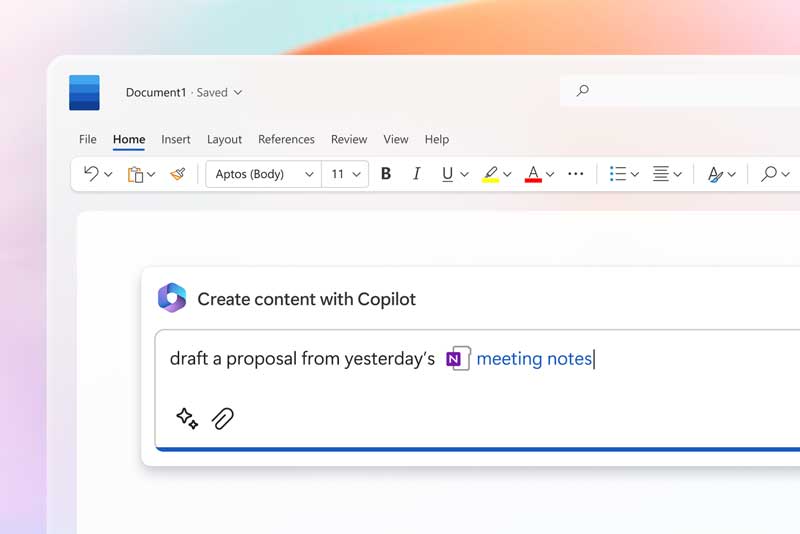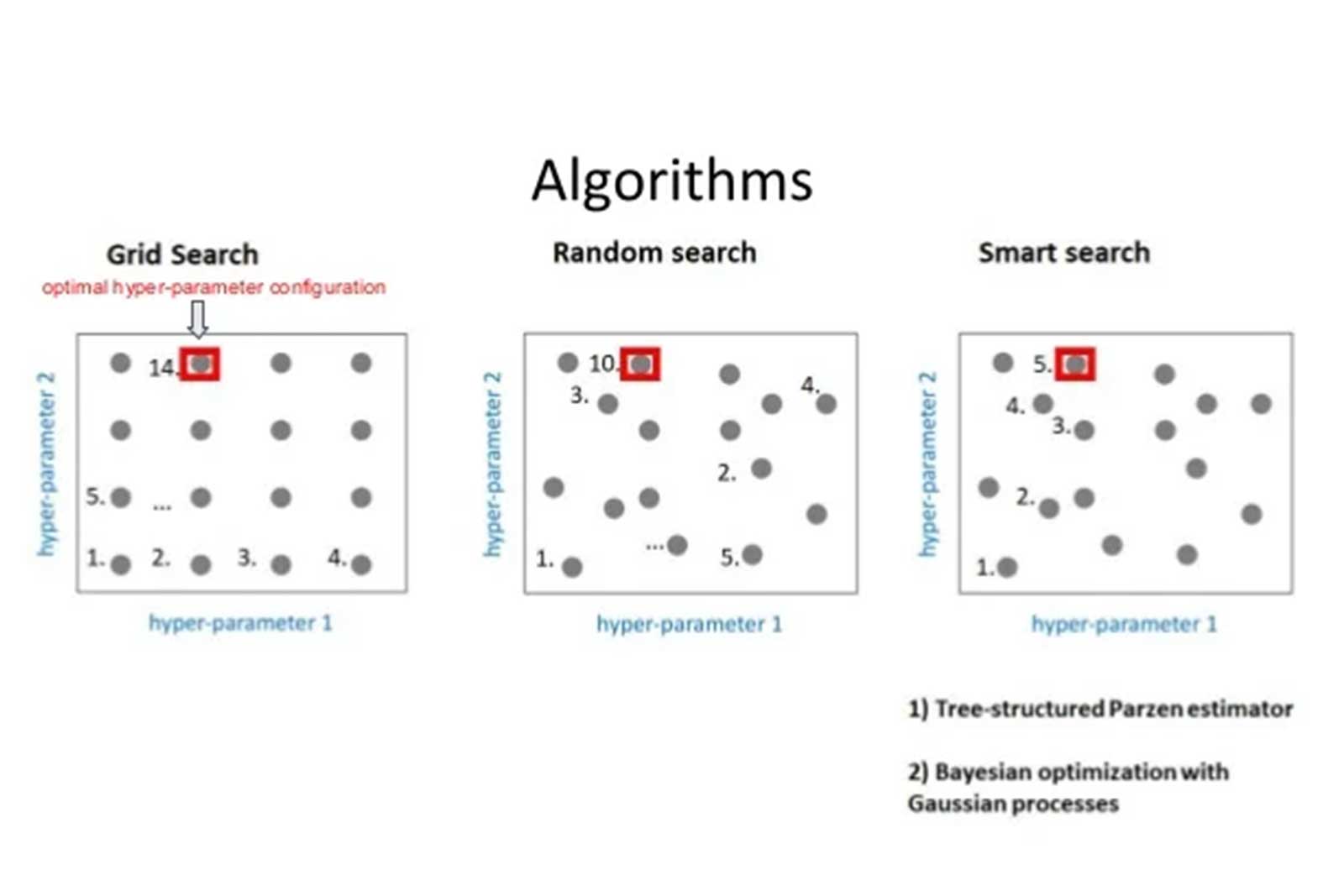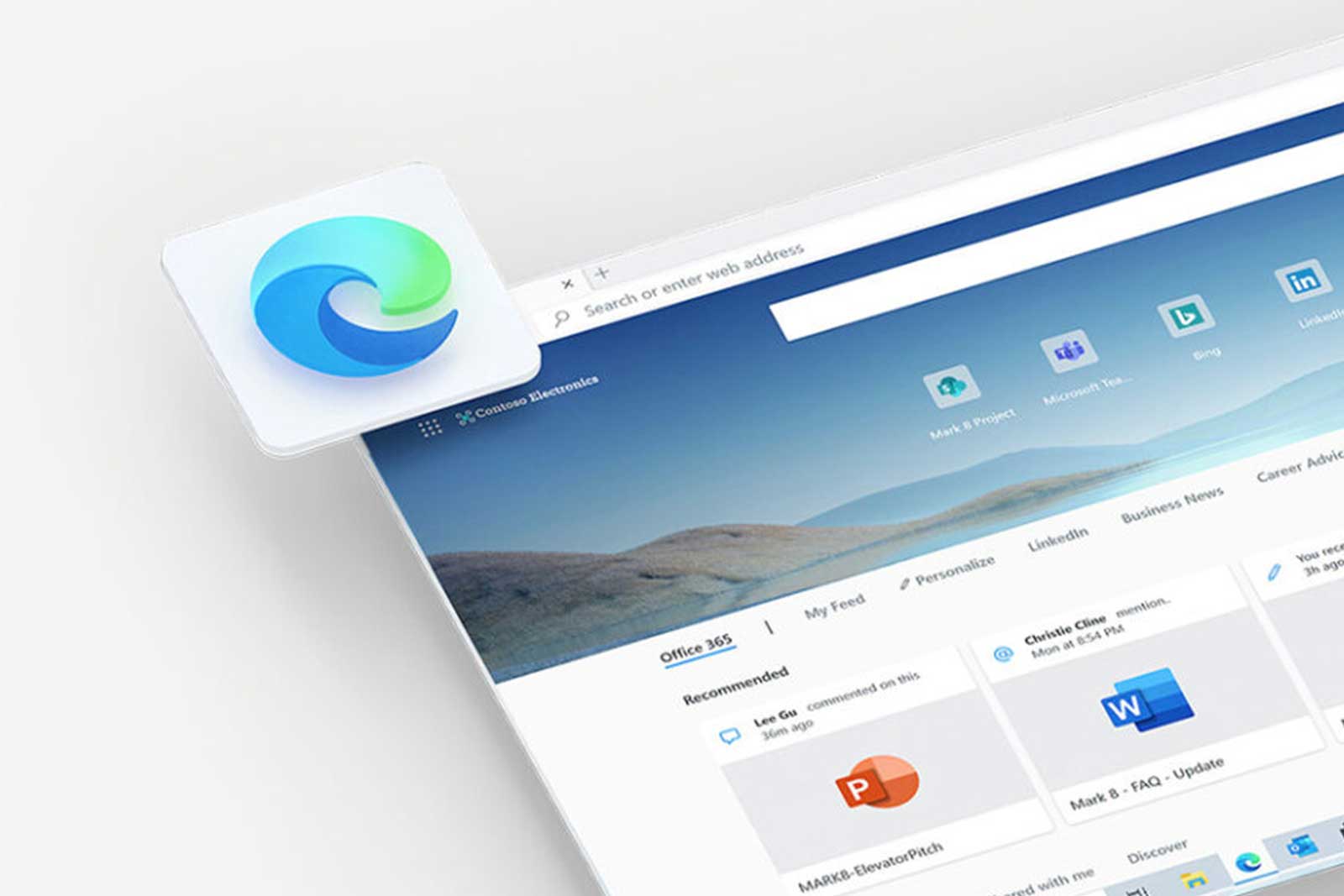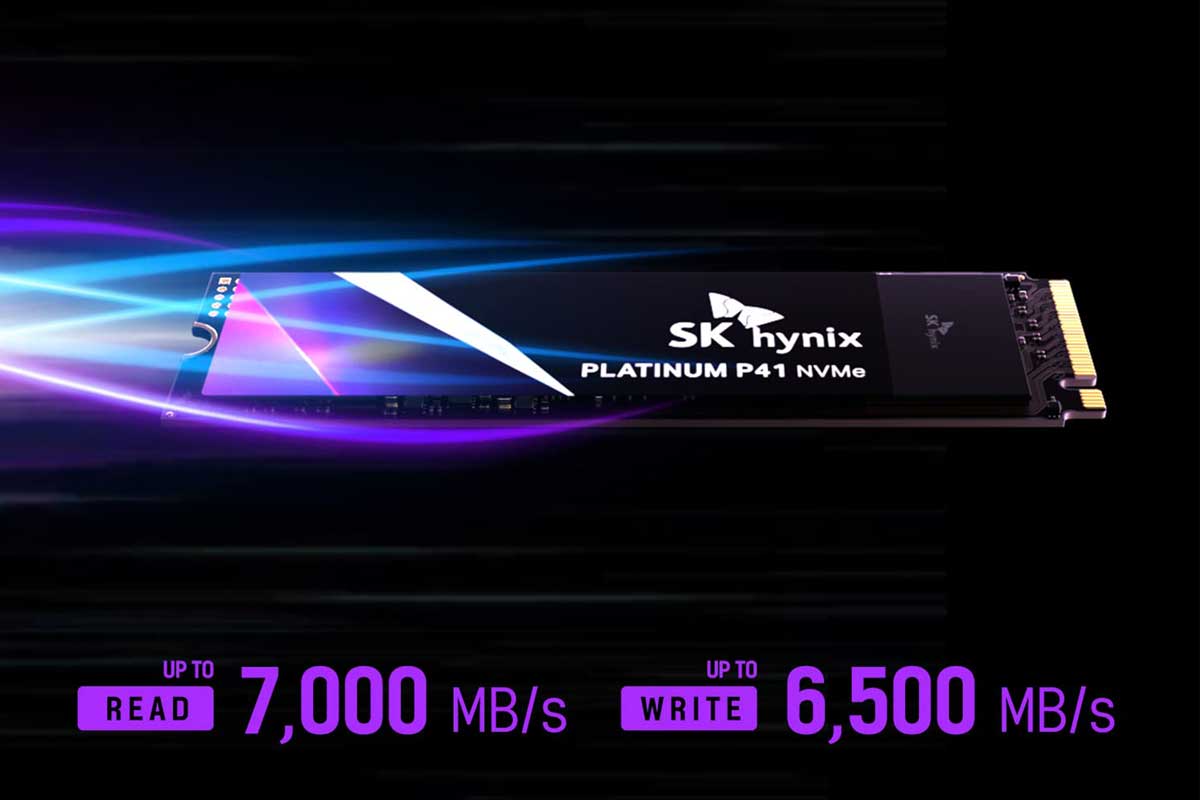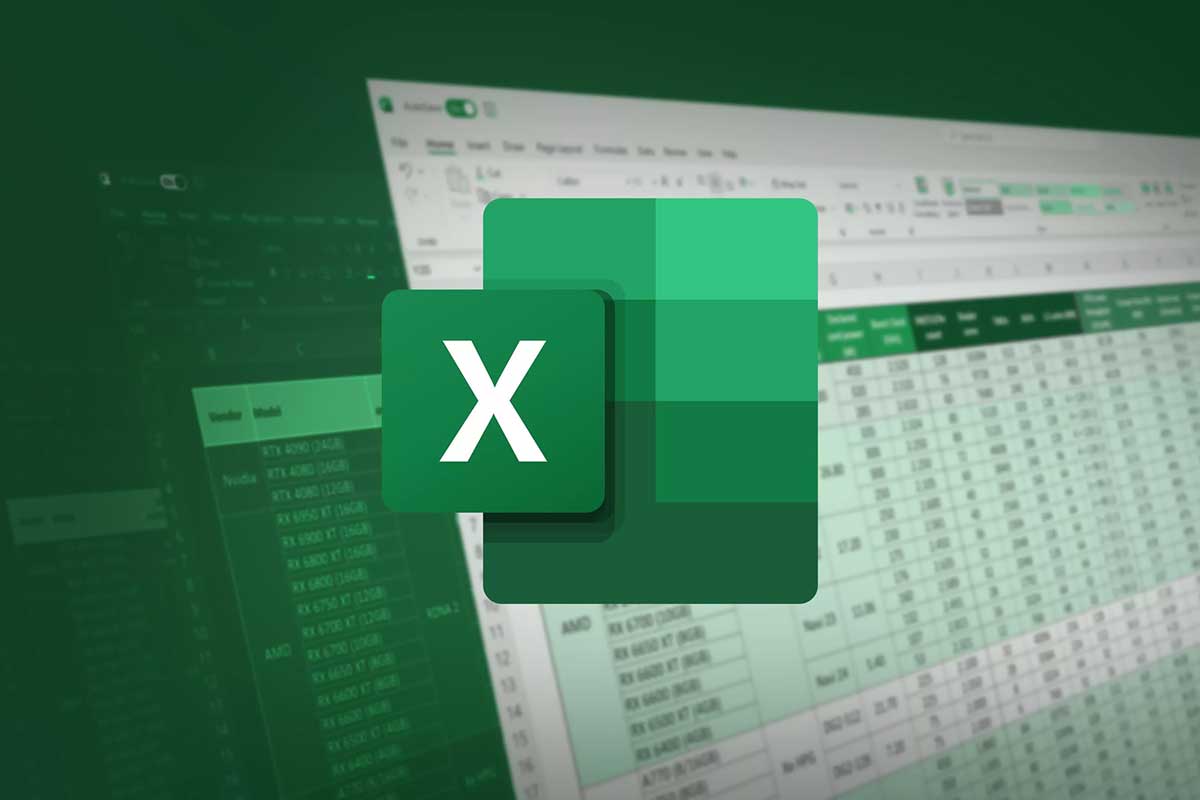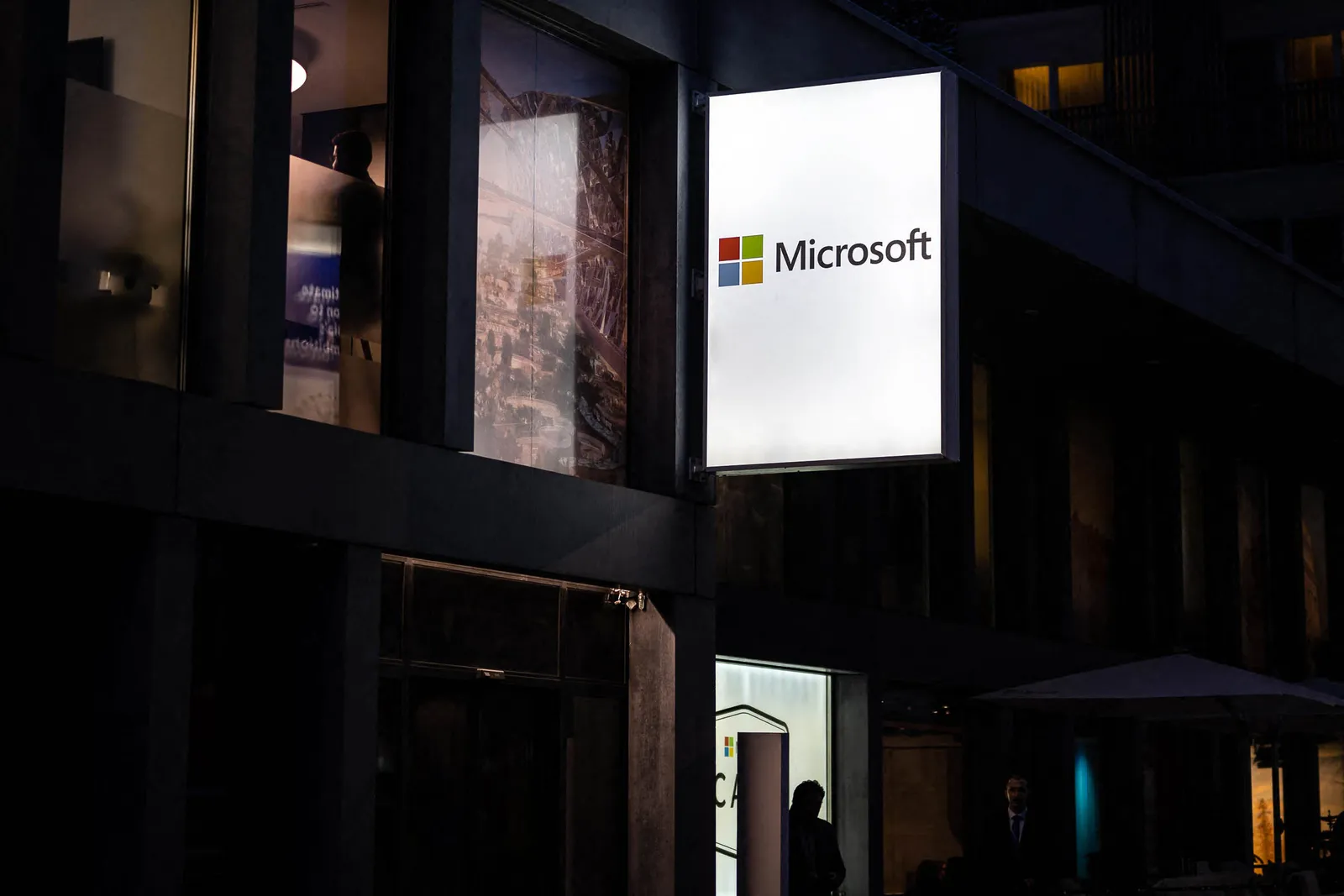Move by SEC to Tighten Crypto Regulations Doesn’t Phase TMS Network (TMSN), Litecoin (LTC) and Filecoin (FIL) Investors
The SEC’s attempt to regulate cryptocurrencies as securities is exemplified in the ongoing Ripple case
However, the SEC’s recent push to broaden the meaning of “custodian” to encompass all assets could result in a de facto prohibition on centralized exchanges. On the other hand, decentralized exchanges like TMS Network (TMSN) would be unaffected, enabling unhindered trading of cryptocurrencies like FileCoin (FIL) and Litecoin (LTC).
FILECOIN (FIL) – USING DECENTRALIZED STORAGE FOR PROFIT
Filecoin (FIL) is a decentralized, blockchain-based cryptocurrency project that aims to create a decentralized storage network for the world’s information. The project was created by Protocol Labs, a company founded by Juan Benet in 2014, and the network officially launched in October 2020.
FileCoin (FIL) is a blockchain-based storage network that rewards users for sharing their unused storage space. The FileCoin (FIL) network provides a secure and efficient method of data storage that reduces the risk of data loss or corruption.
Using a proof-of-replication consensus algorithm, FileCoin (FIL) ensures data is replicated across multiple nodes, making it highly resistant to data loss and corruption. This approach provides a secure and reliable storage solution that is resistant to censorship and third-party interference
FIL is the native cryptocurrency used on the FileCoin (FIL) network to incentivize users and can be bought and sold on various exchanges. FileCoin (FIL) is used to pay for storage and retrieval services on the network, making it an integral part of the decentralized FileCoin (FIL) storage ecosystem.
LITECOIN (LTC) – A FASTER AND CHEAPER ALTERNATIVE TO BITCOIN
Litecoin (LTC) was created by a former Google engineer as a “test bed” for Bitcoin and is often referred to as “silver to Bitcoin’s gold.” While similar in many ways, Litecoin (LTC) has some important differences.
The Litecoin (LTC) network is decentralized, with nodes verifying transactions and cryptography securing the blockchain. It uses a “scrypt” algorithm that is memory intensive and resistant to ASIC mining, making it more accessible for individual miners on The Litecoin (LTC) without specialized hardware.
Due to its shorter block time and lower transaction fees compared to Bitcoin, Litecoin (LTC) has become popular as a cryptocurrency for everyday transactions. It is accepted by many online merchants and can be traded on numerous cryptocurrency exchanges.
Overall, Litecoin (LTC) has gained a significant following in the cryptocurrency community due to its fast transaction processing times, lower fees, and strong development team. Litecoin (LTC) is often used as a hedge against Bitcoin, and many investors and traders hold both cryptocurrencies in their portfolios.
TMS NETWORK (TMSN) – DECENTRALIZATION FOR INDEPENDENCE, TRANSPARENCY AND USER CONTROL
Decentralization is a means to evade the SEC’s control, where the exchange does not hold assets. TMS Network (TMSN), a new company, provides this advantage. With Ethereum as its foundation, TMS Network (TMSN) presents a secure and transparent trading platform.
TMS Network (TMSN) trades and transactions are recorded in a decentralized ledger, ensuring precise and transparent portfolio views for users. Blockchain technology removes intermediaries at TMS Network (TMSN), lowering fraud and counterfeiting risks.
Consequently, TMS Network (TMSN) provides a reliable and secure trading venue, not just for cryptocurrencies, but also for Forex, CFDs, and stocks.



